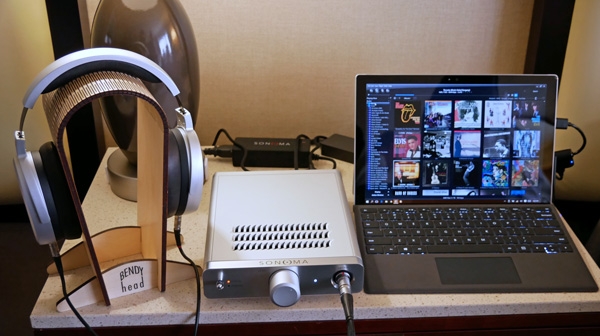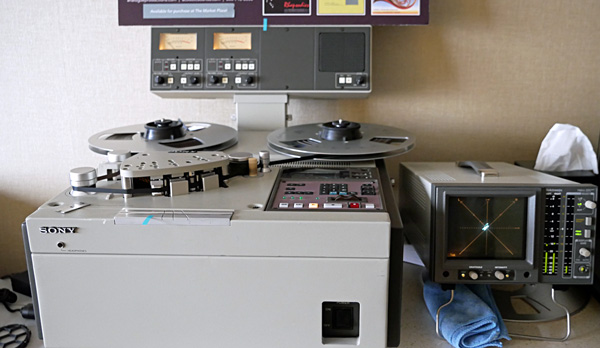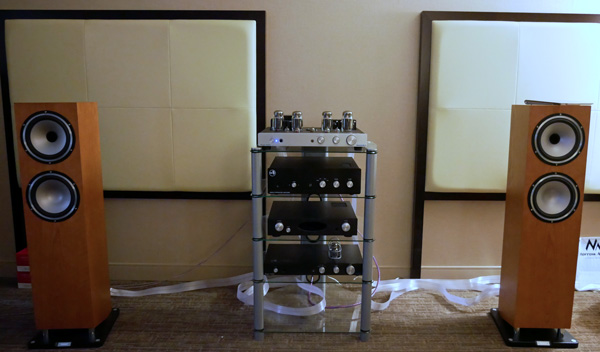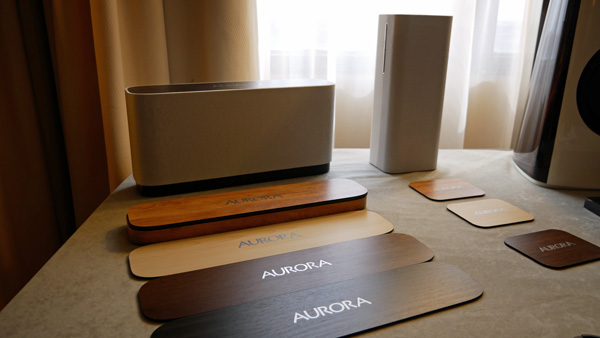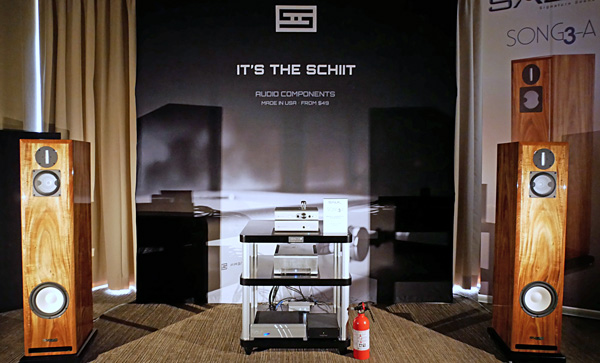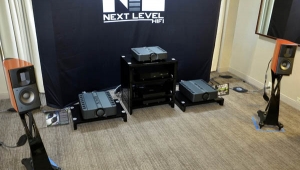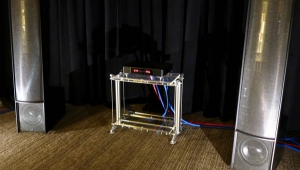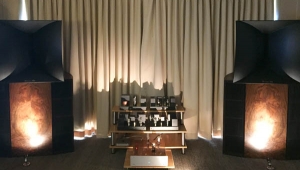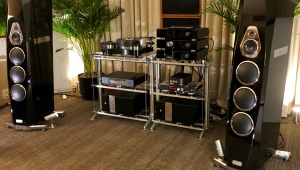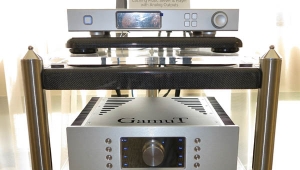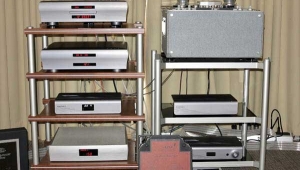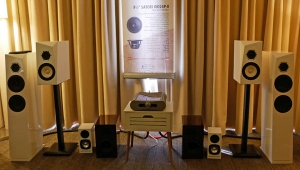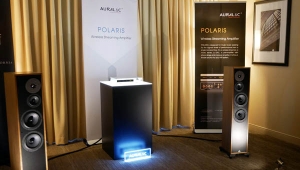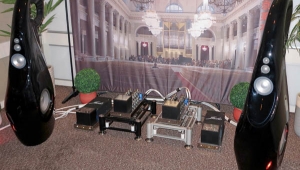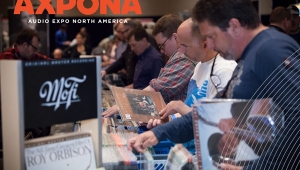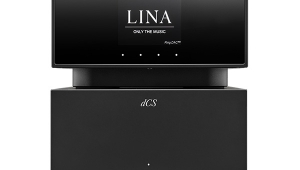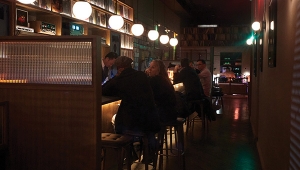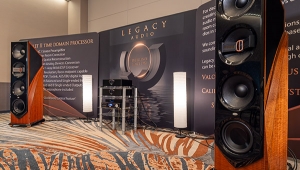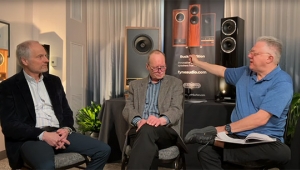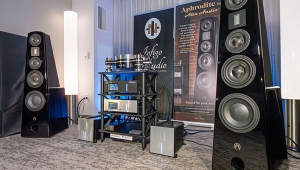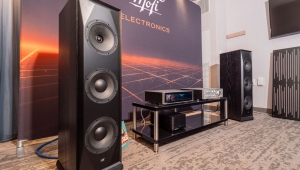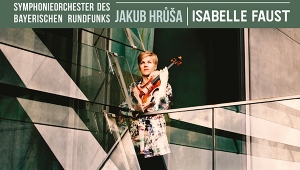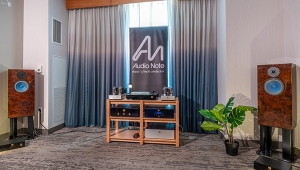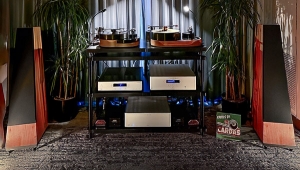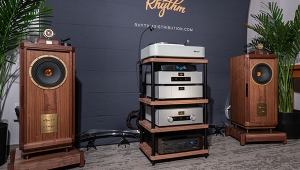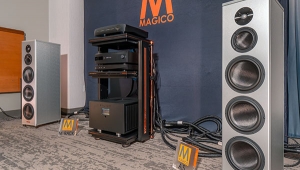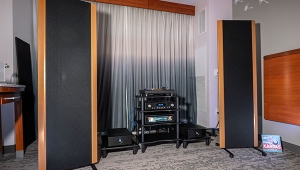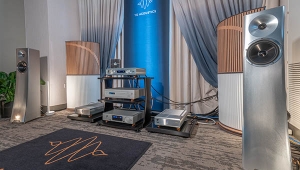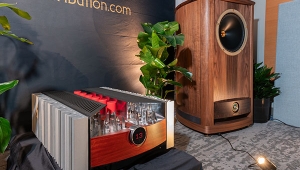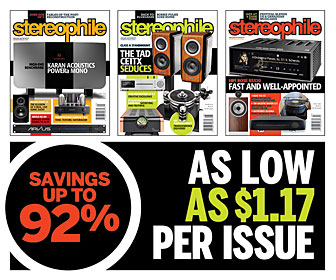| Columns Retired Columns & Blogs |
Both shoes are covered with it, O my gawd.
These Schiit guys are like Apostates taking over pews at the Cathedral.
Their overly sexiness accentuating their plunging, low-cut price points.
They don't belong, they don't fit in, they're very bad ( a disaster ) for "legitimate" Audiophile Manufacturing.
What on earth are you thinking? Pre-amps for under a $1,000, who ever heard of such a thing?, especially if they sound pretty-good. Geez, B recommended stuff at half C- pricing? All they'd need is some $2,000 Packaging and they'd be A level Recommended stuff.
Get out whilst you still can, it's not too late.
These guys are giving the middle finger to all our Proud producers : Levinson, MSB, D'Augistino and everyone else that "Create" true Audiophile works of Art.
Just look at me, I'm a pitiful example, I fell into their seductive trap an now I can't justify spending a measly $12,000 for an MSB Analog DAC! I'm ruined, destroyed by them, I own many Schiit pieces. I try to look at the really pricy stuff and can't justify owning it. I'm a lost soul.
It's not too late for you. JA and friends need to do an "Intervention" for you. It'll kinda be like an Exorcism, let them SAVE your soul from the Schiity grip.
Tony in Michigan
